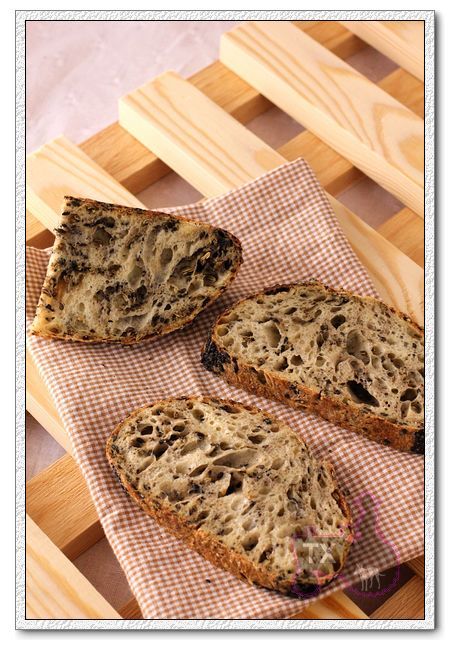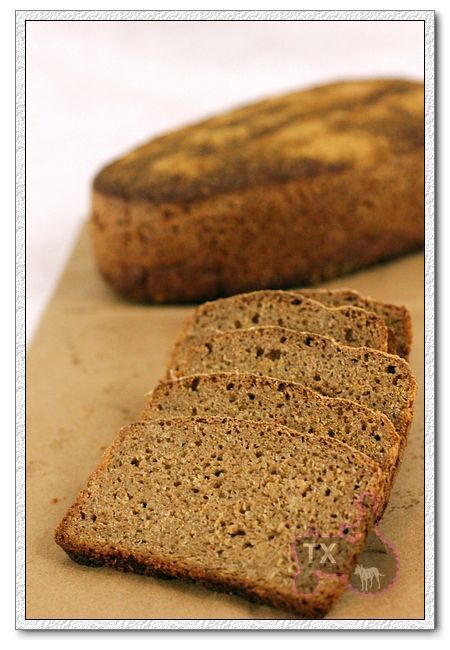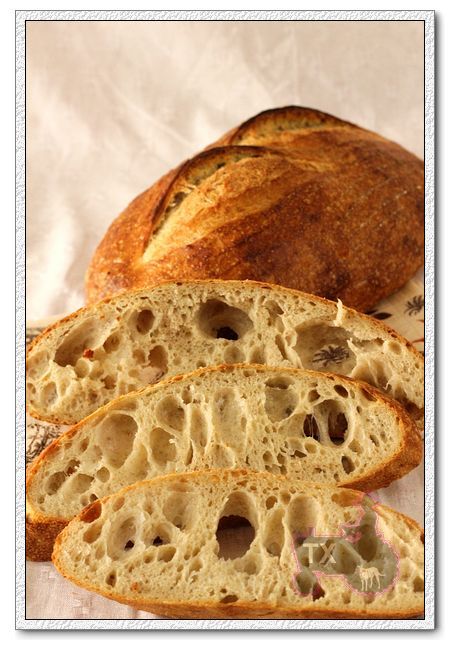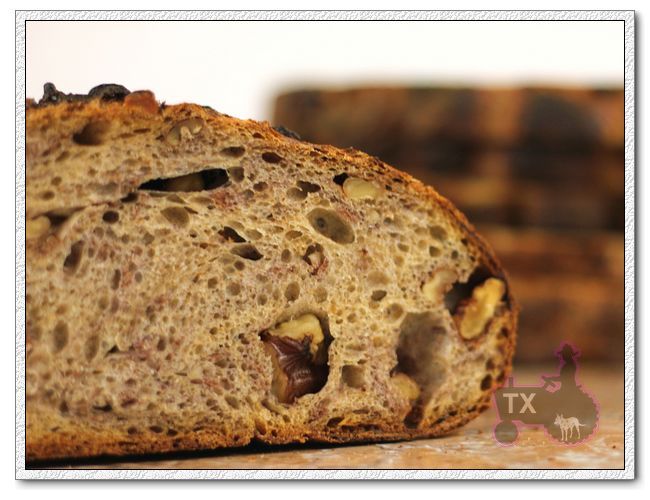txfarmer's blog
Olive Oil Brioche - Tartine Bread again
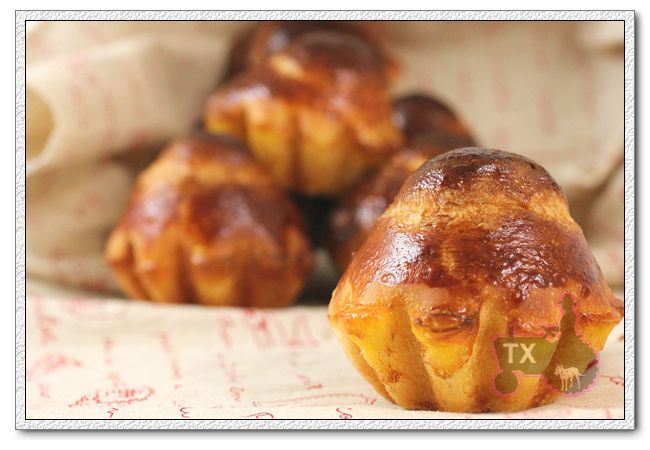
When I buy new cloths/shoes, I tend to always wear them in the begining. Same thing with baking books, I am still on the Tartine Bread Book wagon, so here's another one: olive oil brioche. I always thought brioche is all about showcasing the flavor of butter, but apparently it can be made with olive oil (no butter) and it's a traditional bread from south of France.
3 variations on 36 hour soudough baguette - when it's good to play with your food
I am so glad that some of you tried and liked the 36 hour sourdough baguette formula. I am still making it every week - it's our Friday "treat". Of course, I just can't help messing with a good thing, so I modify the original formula a little bit each time, some turned out really well, the following 3 are my recent favorites:
1) Pumpkin baguette - a.k.a. I don't care it's still nearly 90F out, it's FALL!

Tartine Whole Wheat Loaf - "hole-y" grail?

This is the WW loaf from the new "Tartine" Book, the procedure is very similar to the basic country loaf (which I posted about here), just with more WW flour(~70%) , even more water(80%+), and slightly lower mixing temperature since whole grain flour fermentate faster.

